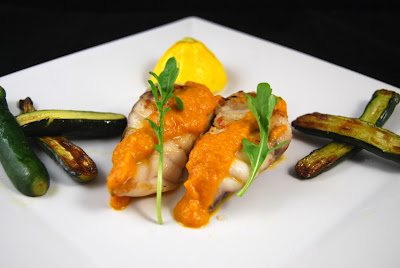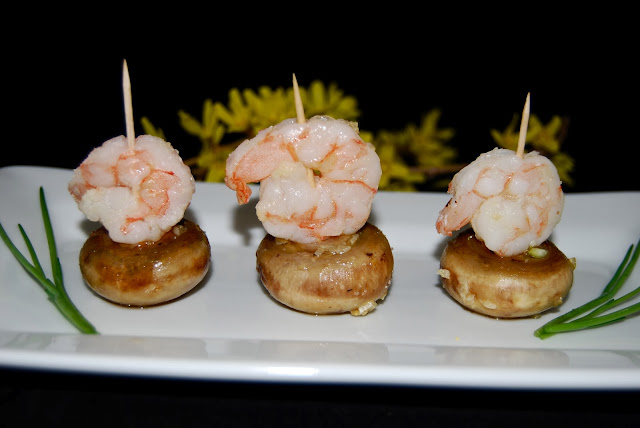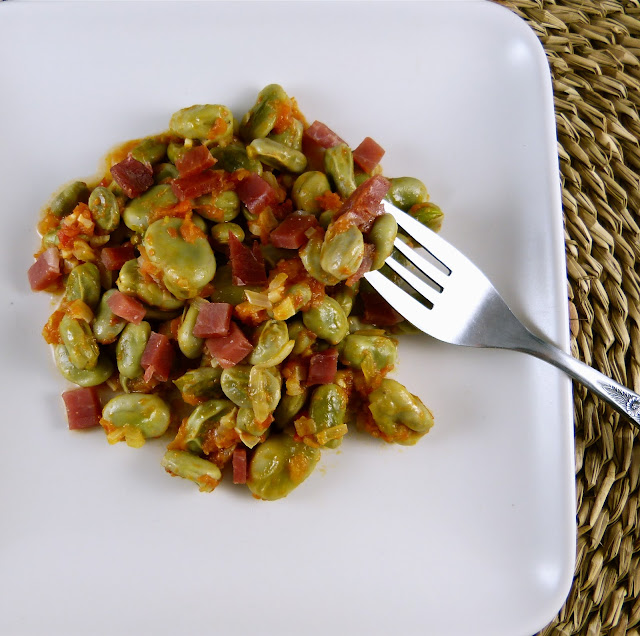This is a traditional dish from the Balearic Islands of Mallorca and Menorca in the Mediterranean but its popularity has extended throughout the Mediterranean Coast. A fishermen's dish, it is made with either warm water lobster (langosta) or cold water lobster (bogavante). The difference is that cold water lobsters have claws. The rice can be cooked with different ratios of rice to fumé or fumet (fish stock). "Caldoso" rice contains more liquid and "meloso" has some liquid while "seco" describes rice that has absorbed all the stock). I did a dry rice but whatever way you decide to cook the rice you should let it rest at the end.
The rice used in this dish is a special type from Spain but any short grain will work. The ratio is 1 cup rice to 2 cups fish stock for dry rice, 3 cups of stock for meloso and 4 cups for caldoso.
Ingredients:
The rice used in this dish is a special type from Spain but any short grain will work. The ratio is 1 cup rice to 2 cups fish stock for dry rice, 3 cups of stock for meloso and 4 cups for caldoso.
Ingredients:
3 fresh Maine lobsters (1/2 per person)
1/2 onion, grated
2 cups rice ("Calasparra" or "Bomba" or a small grain rice)
1 garlic clove, chopped
1 tablespoon smoked Spanish paprika
1 cup tomato sauce
6 cups fish stock (If you live on the coast, you can make your own with fish bones, rock fish, crab, 1 onion, 4 garlic cloves, 1 celery stalk, 1/2 green pepper, 1 carrot and dried red pepper. It will be better.)
1 pinch saffron
salt to taste
Cut the live lobsters (cut the tails in medallions and the heads in half and pull off the claws). In a paella pan put 2 tablespoons olive oil and add the lobsters. Cook for about 5 minutes to get all their natural liquids and flavors. Remove them and add the garlic and onion to the pan, stirring for a couple of minutes. Then add the paprika, mix with the onion and garlic, add the tomato sauce and stir well to mix all the ingredients. Next add the fish stock, the rice (evenly) and the saffron. When the fish stock starts boiling, lower the heat and let it cook uncovered. Ten minutes before the rice is done add the reserved lobster and let the rice finish cooking. If you need to add more liquid, keep it hot. Taste for seasoning.
Serve the rice on plates with 1/2 head lobster, 1 claw and 2 medallions per serving. Enjoy!

































